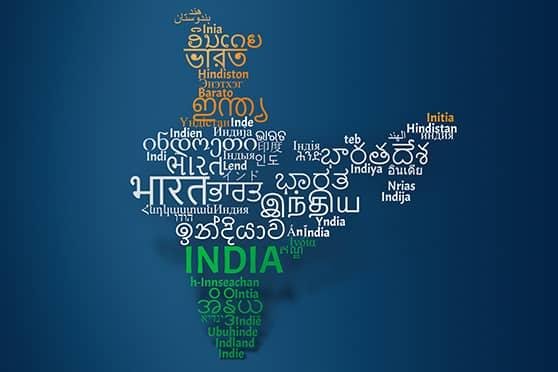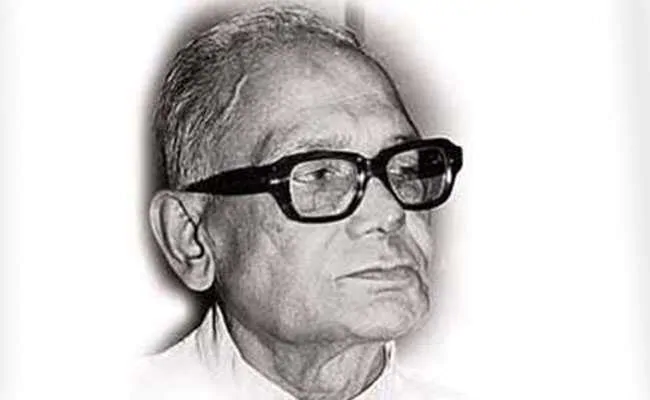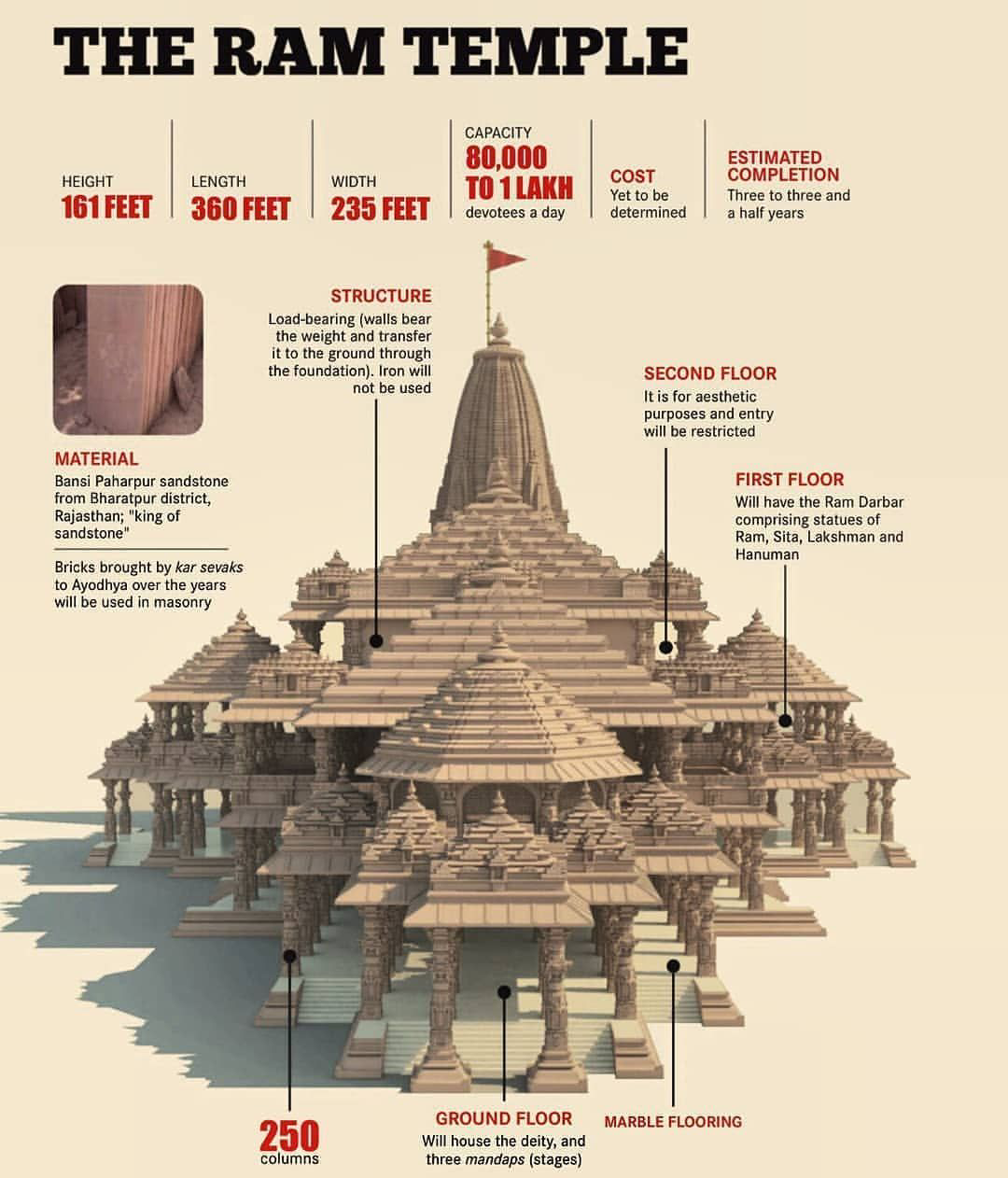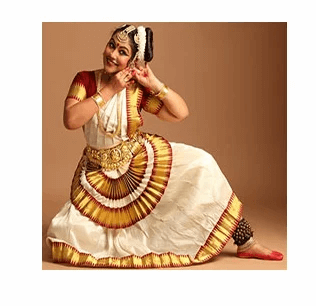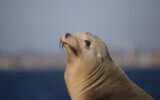
Badami Chalukya Temples discovered
Subscribers of "Current Affairs" course can Download Daily Current Affairs in PDF/DOC
Subscribe to Never Miss an Important Update! Assured Discounts on New Products!
Must Join PMF IAS Telegram Channel & PMF IAS History Telegram Channel
- Context (TOI): Two Badami Chalukya temples at least 1,300-1,500 years old and a 1,200-year-old label inscription were recently discovered in Mudimanikyam village along the banks of River Krishna in Nalgonda district, Telangana.
- These temples are exceptional as they are in Kadamba Nagara style in the Rekha Nagara format.
- The label inscription, dating back to 8th or 9th century AD, also from the Badami Chalukya period, reads as ‘Gandaloranru’ and is inscribed on a pillar of a group of five temples in the village.

Chalukya Dynasty
- Chalukyas ruled over central Indian plateau of the Deccan from 6th and 12th century.
- It is mainly divided into 3 dynasties and ruled individually even though all were related to each other.
- Chalukya’s of Badami
- Chalukya’s of Vengi/ Eastern Chalukya’s
- Chalukya’s of Kalyani/ Western Chalukya’s
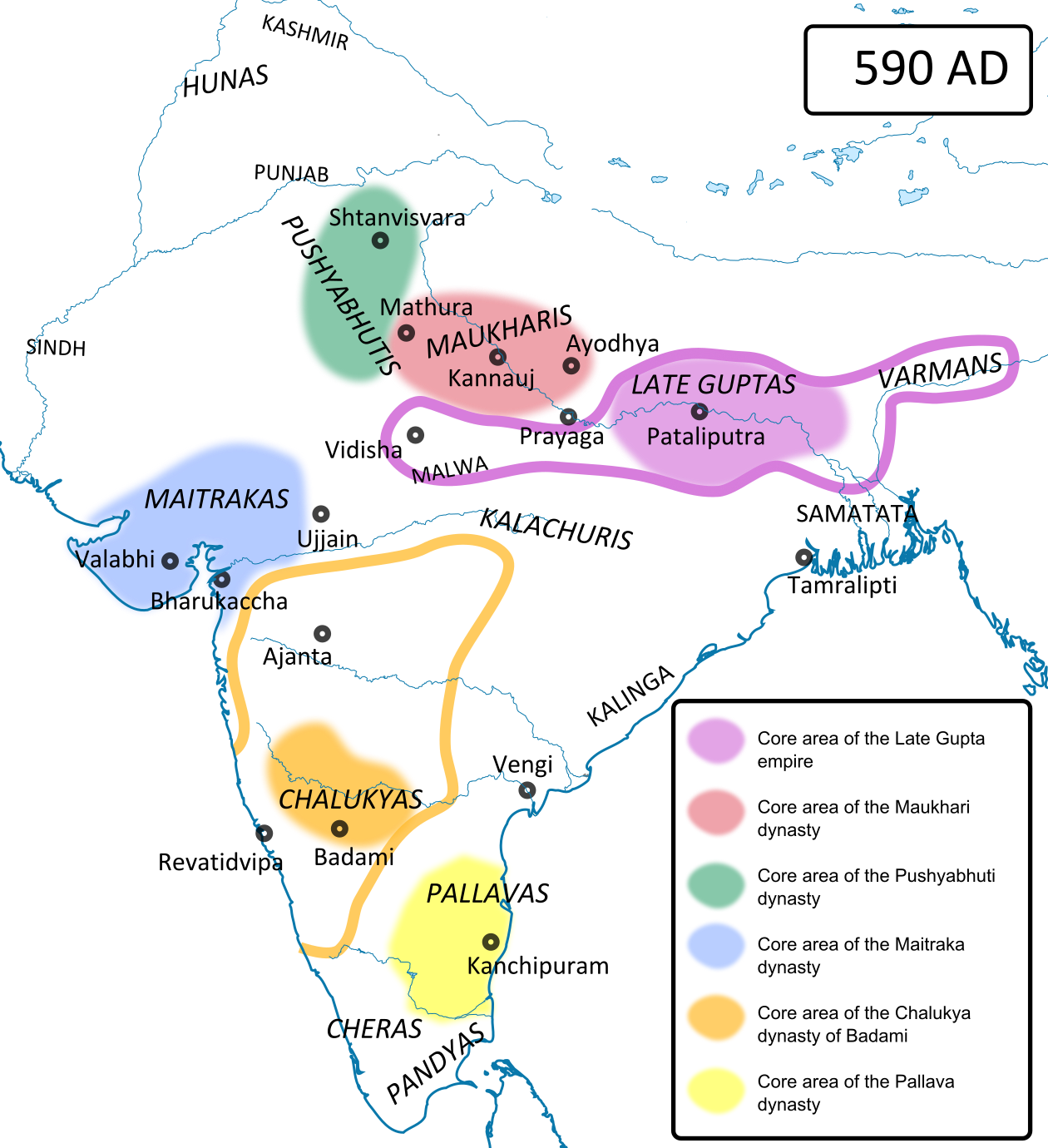
Chalukyas of Badami
- Pulakesin I established the Chalukya dynasty in 550.
- He made Badami or Vatapi as his capital.
- He adopted the title Vallabheshvara and performed the ashvamedha.
- He was succeeded by Kirtivarman I (566-597) who further extended the kingdom by defeating the Mauryas of North-Konkana, the Nalas of Nalavadi (Bellari) and the Kadambas of Banavasi.
- It was, however, in the reign of Pulakesin II (609-42 CE) that the Chalukya territory expanded to a large extent.
- Pulakesin II came head-on against his greatest northern adversary, Harsha of Kanauj, who was planning to attack the Deccan and won a decisive victory on the banks of the Narmada.
- Ravikirti’s Aihole inscription speaks in detail the victory of Pulakesin II over Harsha. After the victory, Pulakesin II assumed the title of Parameshvara (Supreme Lord).
- He then defeated the Vishnukundins in the southeastern Deccan.
- Hiuen-Tsang, a Chinese traveller, visited the court of Pulakesin II.
- Later, Persian emperor Khosrau II exchanged ambassadors with Pulakesin II.
- The Pallava King Narasimhavarman I (A.D. 630-668) occupied the Chalukya capital at Vatapi in about 642 A.D., when Pulakesin II was probably killed in fight against the Pallavas.
- The Badami Chalukya dynasty went into a brief decline following the death of Pulakesin II due to internal feuds.
- The Chalukyan rule in Badami was replaced by the Rashtrakutas in about 750 CE when Rashtrakuta feudatory Dantidurga gave a final blow and defeated the Chalukyan king Kirtivarman II.
Art & Architecture
- More than 150 monuments attributed to the Badami Chalukya, and built between 450 and 700, remain in the Malaprabha basin in Karnataka.
- The rock-cut temples of Pattadakal, a UNESCO World Heritage Site, Badami and Aihole constitute their most celebrated monuments.
- In Aihole, the Durga temple (sixth century), Ladh Khan temple (450), Meguti temple (634), Hucchimalli and Huccappayya temples (fifth century), Badami Cave Temples (600) provide examples of early Chalukyan art.
Land Governance & Polity
- The empire was divided into Maharashtrakas (provinces), then into smaller Rashtrakas (Mandala), Vishaya (district), Bhoga (group of ten villages) similar to Dasagrama unit of Kadambas.
- Many autonomous regions existed ruled by feudatories like Alupas, Gangas, Banas, and Sendrakas.
- Local assemblies looked after local issues.
- Groups of mahajanas (learned brahmins), looked after agraharas (like Ghatika or place of higher learning) like the ones at Badami (2000 mahajans) and Aihole (500 mahajanas).
Society
- The Hindu caste system appeared and the government recognized prostitution.
- Sati may have been absent as widows like Vinayavathi and Vijayanka are mentioned in records.
- Women enjoyed political power in administration. Queens Vijayanka, a noted Sanskrit poetess; Kumkumadevi, the younger sister of Vijayaditya; and Lokamahadevi, queen of Vikramaditya II who fought wars, stand as three examples.
Religion
- They initially followed Vedic Hinduism, as seen in the various temples dedicated to many popular Hindu deities.
- Later, from the time of Vikramaditya I, the people took an inclination towards Shaivism and sects like Pashupata, Kapalikas and Kalamukhas existed.
- They actively encouraged Jainism, attested to by one of the Badami cave temples and other Jain temples in the Aihole complex. Buddhism had begun a decline.
Army
- The army consisted of infantry, cavalry, elephant corps and a powerful navy.
Coinage
- The coins had Nagari and Kannada legends. They minted coins with symbols of temples, lion or boar facing right, and the lotus.
- The coins weighed four grams, called honnu in old Kannada and had fractions such as fana and the quarter fana, whose modern-day equivalent being hana (literally means, money).




![PMF IAS Environment for UPSC 2022-23 [paperback] PMF IAS [Nov 30, 2021]…](https://pmfias.b-cdn.net/wp-content/uploads/2024/04/pmfiasenvironmentforupsc2022-23paperbackpmfiasnov302021.jpg)
